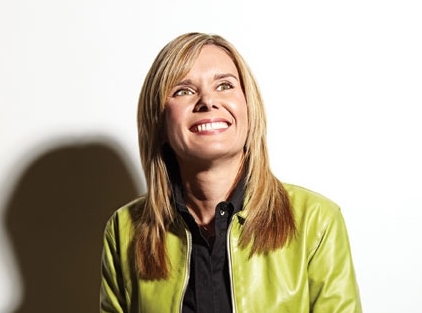Age: 38
Job Title: Assistant Professor, Faculty of Nursing, University of Alberta
Why She’s a Top 40: For being a star in the new field of knowledge translation
For someone from a nursing family who spent her formative years insisting she’d never be a nurse, Shannon Scott has turned out to be one awesome nurse. She’s among a handful of tenure-track nursing professors in Canada under 40 and she has already earned her nursing PhD, something achieved by fewer than one per cent of nurses (and usually much later than in their 30s).
Impressive, but that’s only the start. Scott is one of few Canadian health-care researchers involved in the emerging field of knowledge translation, a scientific area so new that when she wants to consult with a colleague, she sometimes has to dial an international phone number. Knowledge translation, also called research utilization or implementation science, is a fancy new term for an age-old question: How do we turn knowledge gained from research into action?
For Scott, the question is, why do health-care professionals use the latest research – or not? “Canadian taxpayers invest millions in health-care research, yet a great chunk of it sits on the shelf,” she explains. Scott wants more research to move beyond recommendations into real clinical practice. “I firmly believe we can make huge improvements in patient outcomes if we use what we already know.”
Scott’s special interest is pediatrics, so she’s also researching better ways for families and physicians to work together when a child is sick. Currently, she’s testing the use of storybooks as a way to help parents understand what medical professionals tell them about their children’s illnesses and treatment. “Parents are all over this approach,” Scott says. “It improves their retention of the information and has the potential to engage them.” First was a book for parents whose children have croup and another on asthma treatment is underway. She’s also involved in putting the latest research on managing children’s pain into practice, with colleagues at Toronto’s Hospital for Sick Kids and the Stollery Children’s Hospital.
In the midst of all that, plus teaching, publishing and supervising master’s degree students, she continues her research on closing the gap between what’s known and what’s done, while shining new light on what works, what doesn’t and why.
